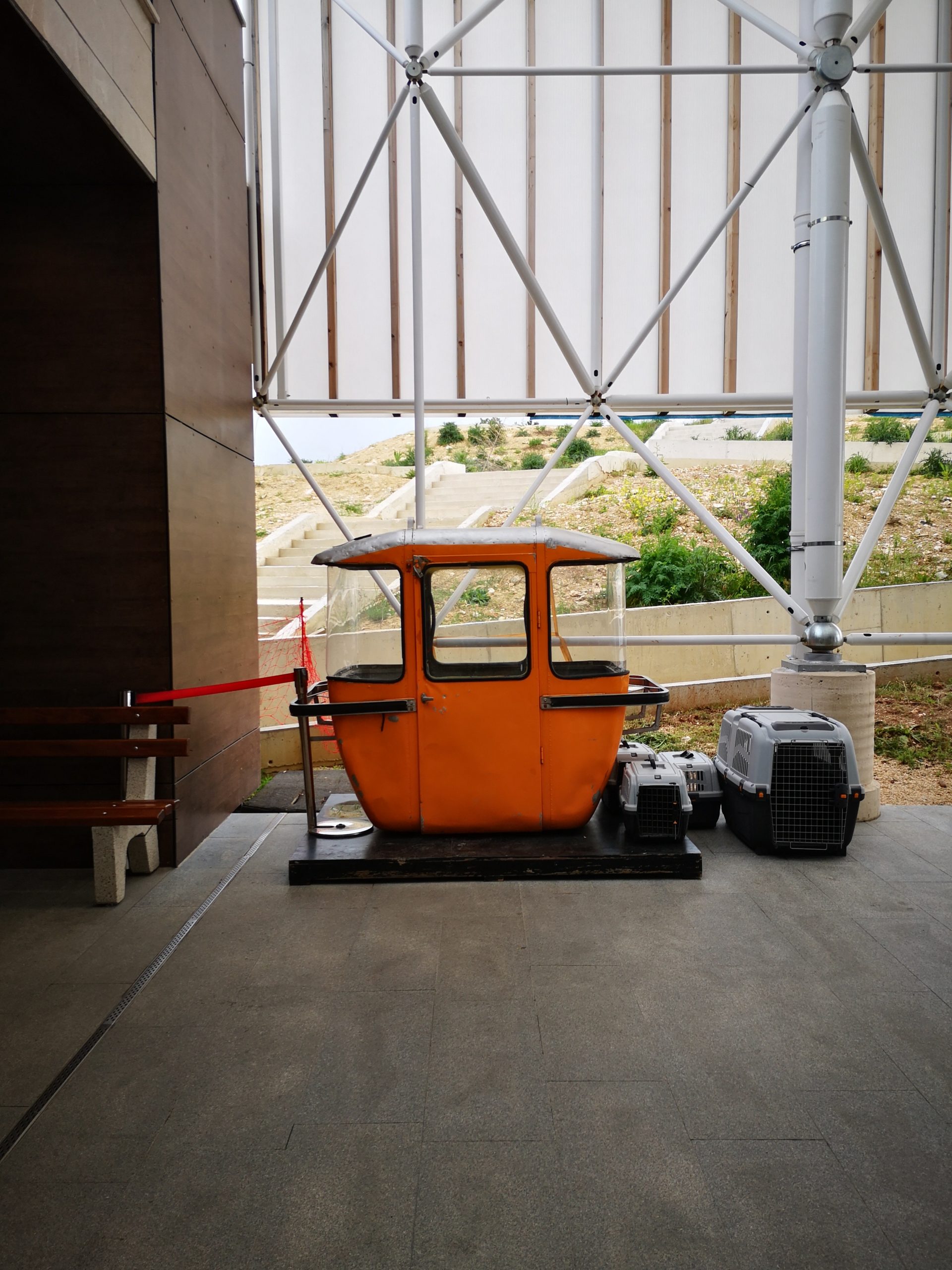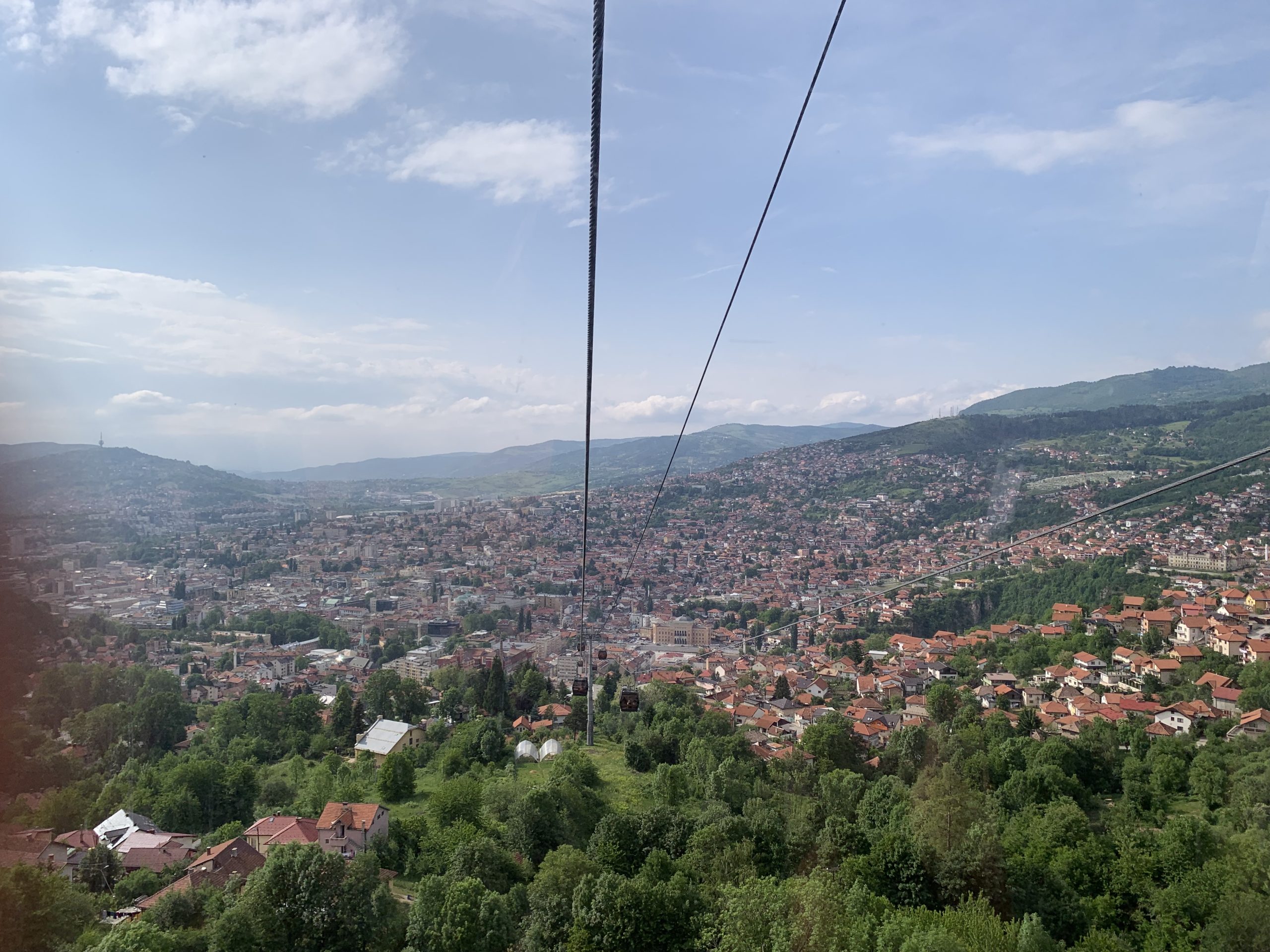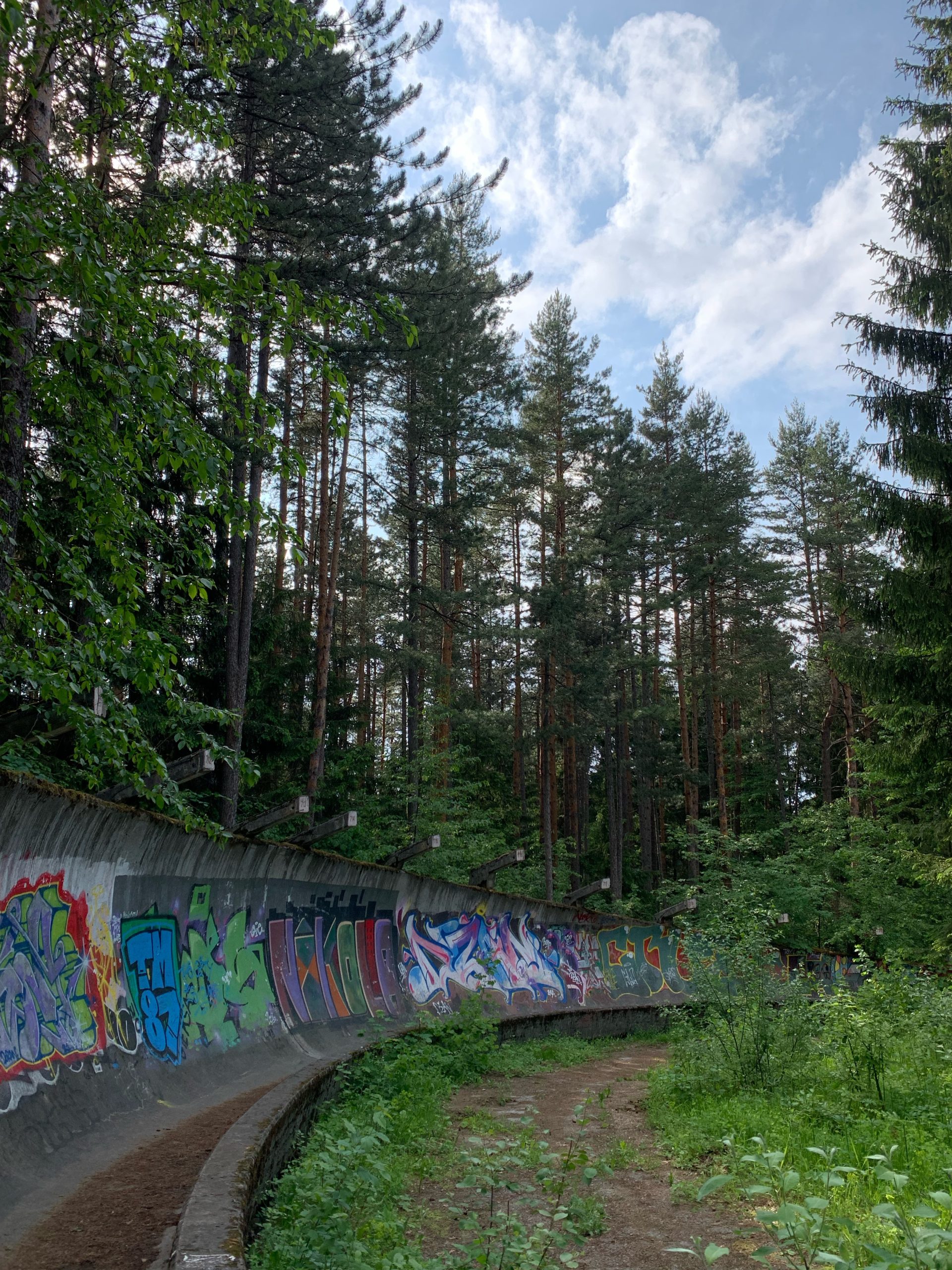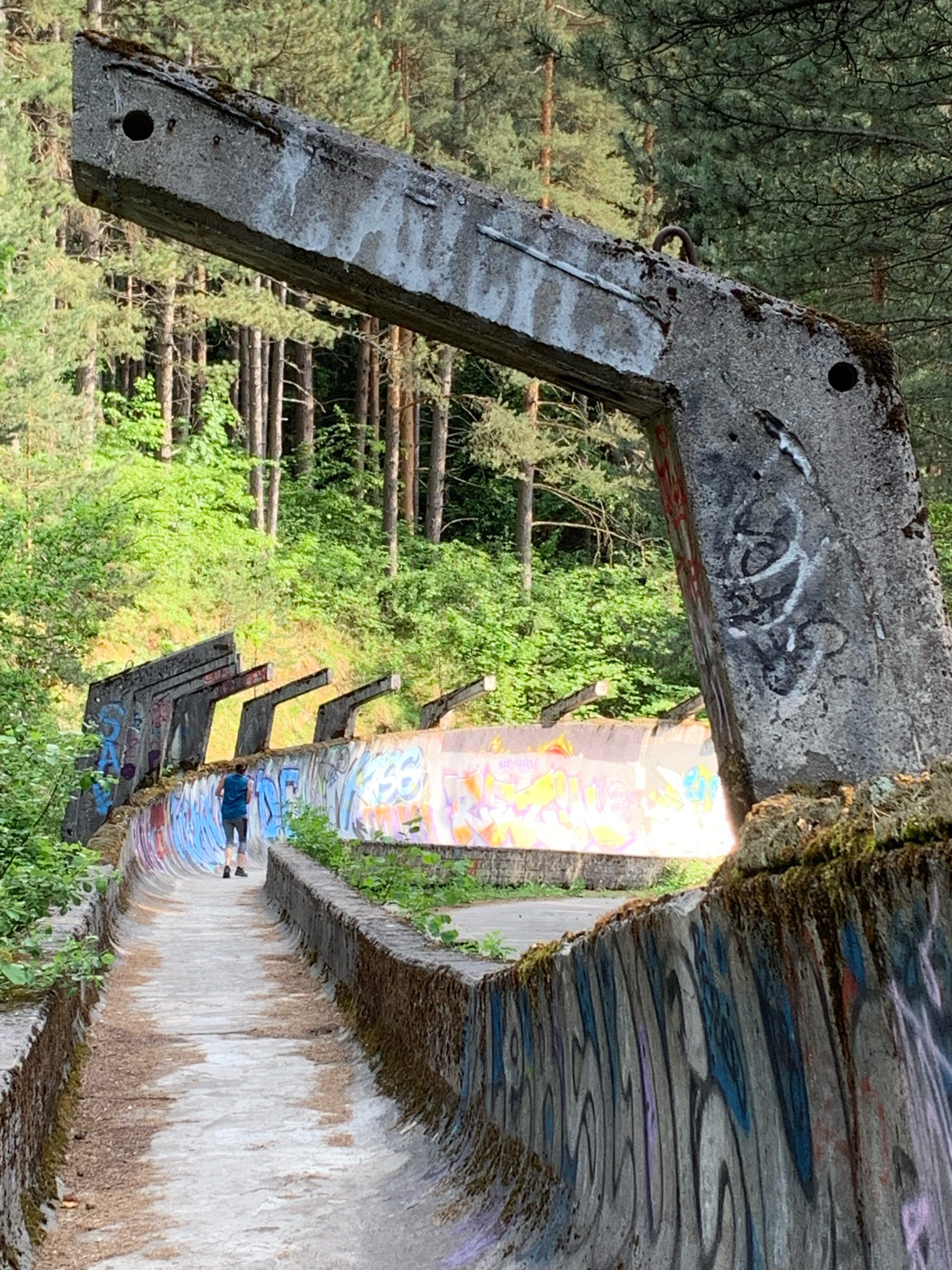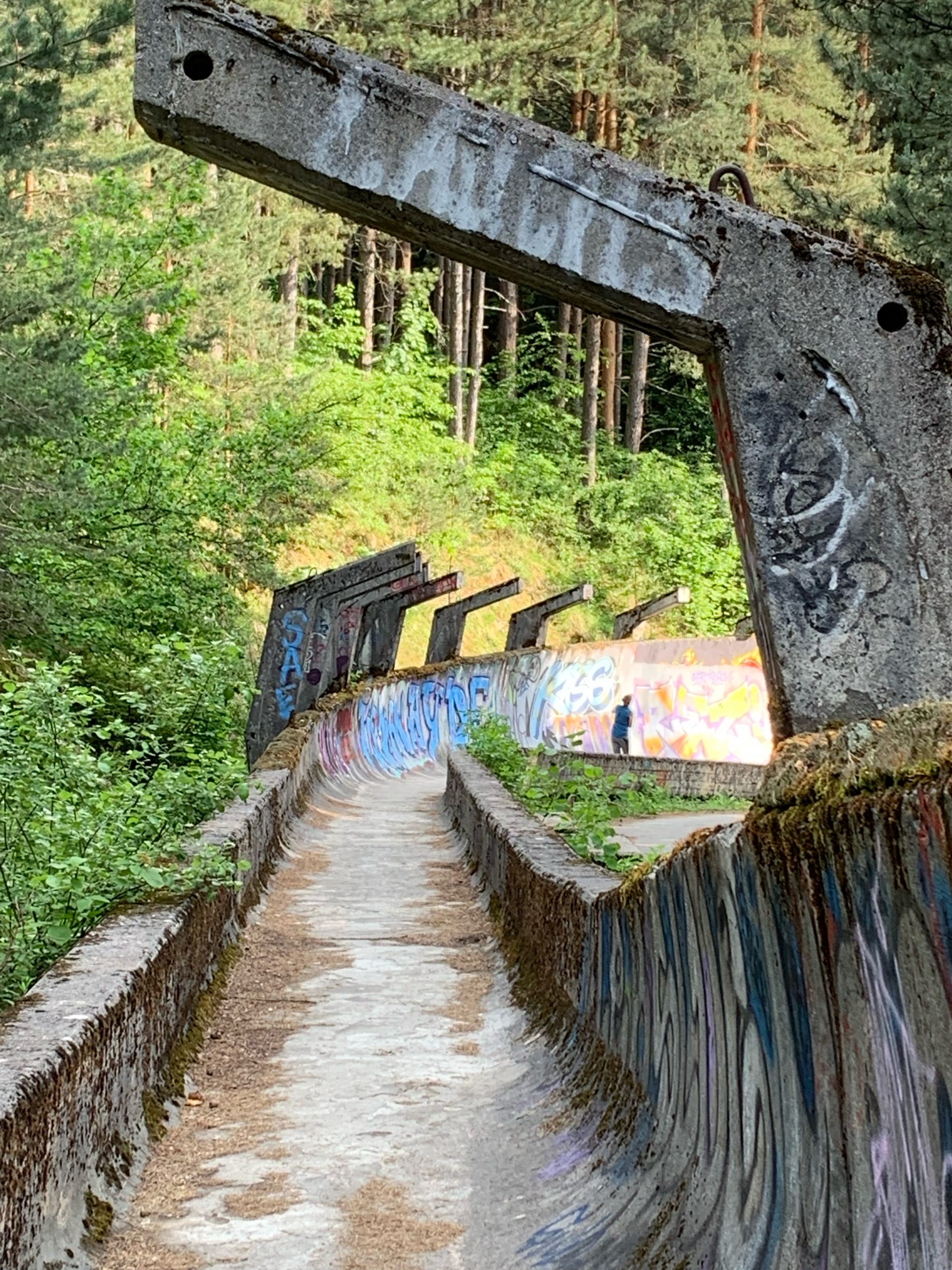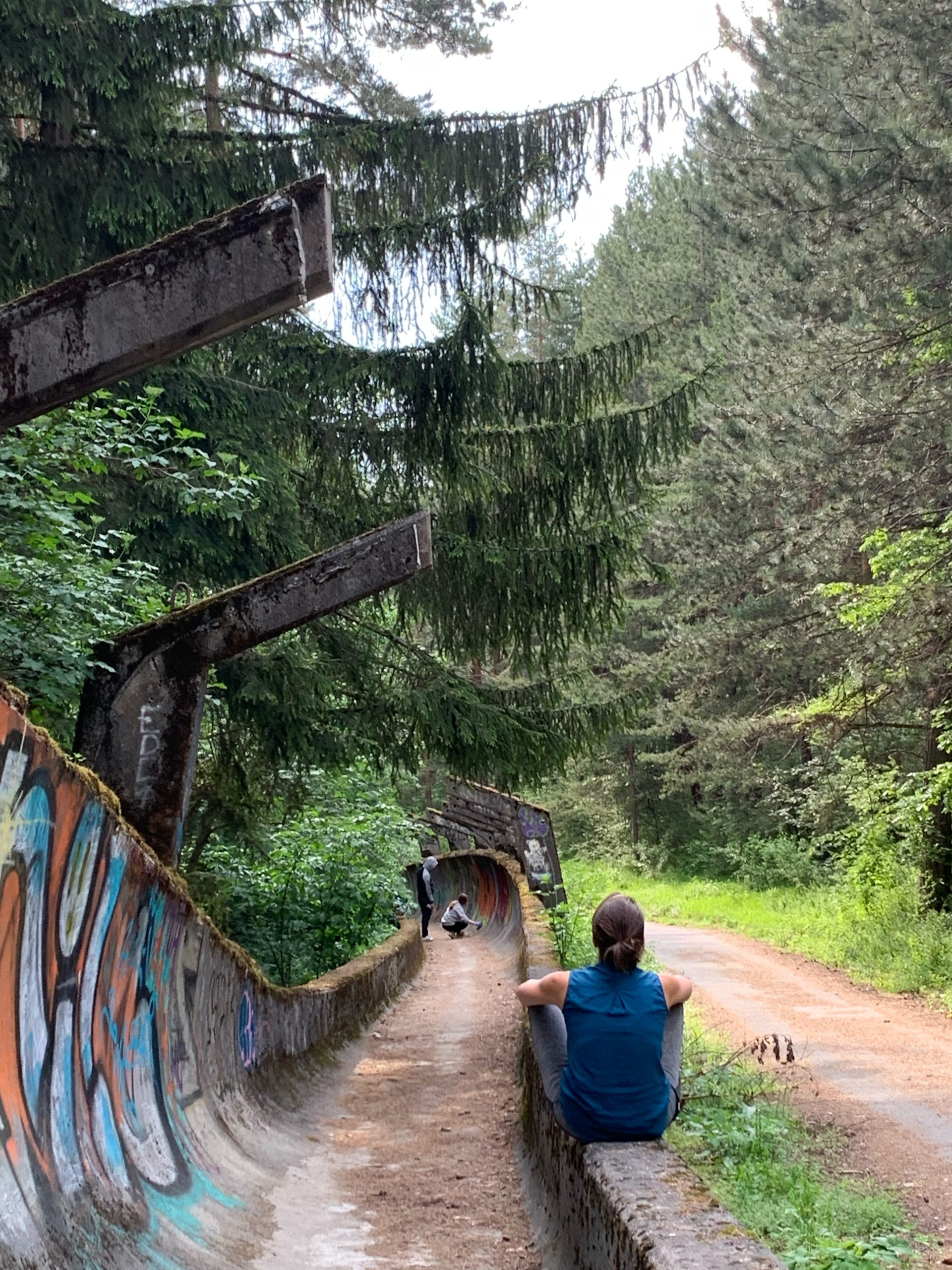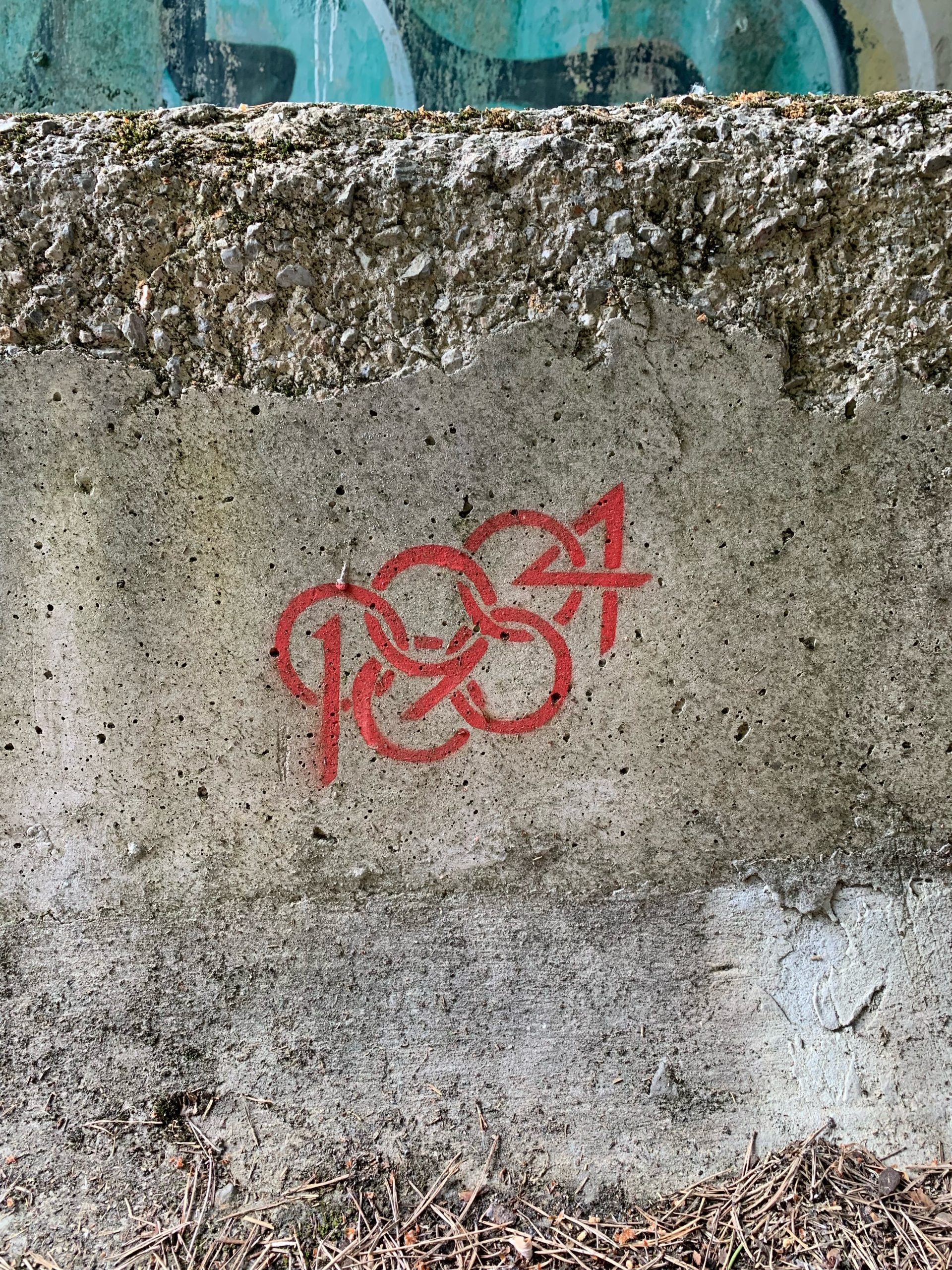Ana had visited Sarajevo a couple of times as a child, all before the outbreak of the war in 1991, so never after she was 7 – memories were hazy but consisted of food, laughter and large familiar gatherings fuelled by slivovitz. Those family memories paired with the sense and spirit of the city Black Butterflies gave us, meant returning back to Sarajevo held much anticipation and curiosity.
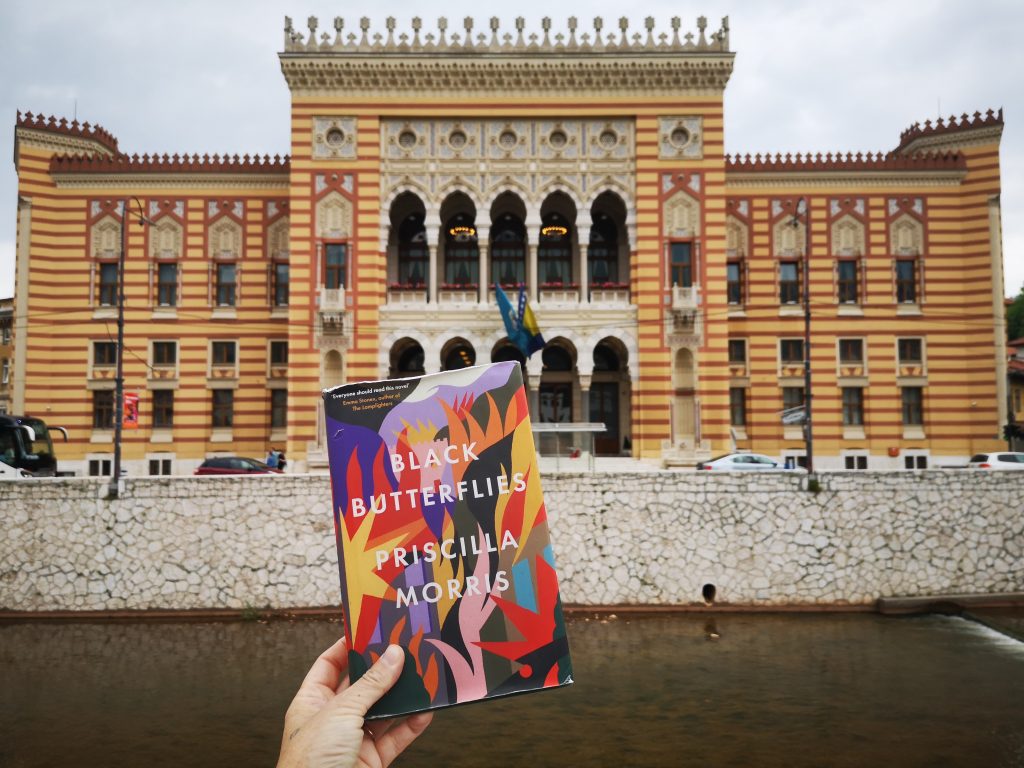
– the town hall that was burned down during the war which contained the protagonist’s artwork
Also to note, apart from the personal interest, Sarajevo is the site of world defining events, as it was here that the assignation of Archduke Franz Ferdinand and his wife Sophia popped worldwide tensions and led to the breakout of World War 1.
First impression was the size of it; it is a small city of only 300,000 people nestled in a valley surrounded by lush green mountains. There are clusters of white crosses in the mountains, which feel dignified and honouring reminders to the casualties of war, without being too dramatic.
Perhaps this enshrouding of the city by the mountains during the winter months, when temperatures can plunge into the minus 10degrees covering the city into snow, would feel oppressive, closed in, but not in late May. The abundance of green made the city feel very welcoming, open and cosy.
Another key theme in our stay was hopefulness and belief in the future of this city and it’s people. Sadly Bosnia politically is more fractious than ever before with three governments ruling, representing each side – the Christian Croats, Orthodox Serbs and Muslim Bosniaks
Then the main everlasting, continuous impression was of generosity – the Bosnians are so very kind and very fun! Good peeps, Ana was proud.
Priscilla when researching Black Butterflies spent 6 months in Sarajevo and thanks to her contacts we had the opportunity to delve deeper. Namely thanks to Buba, an inspirational woman who was a translator for the UN during the siege of Sarajevo at the age of 18 and thus becomes a colourful character in Cilla’s book.
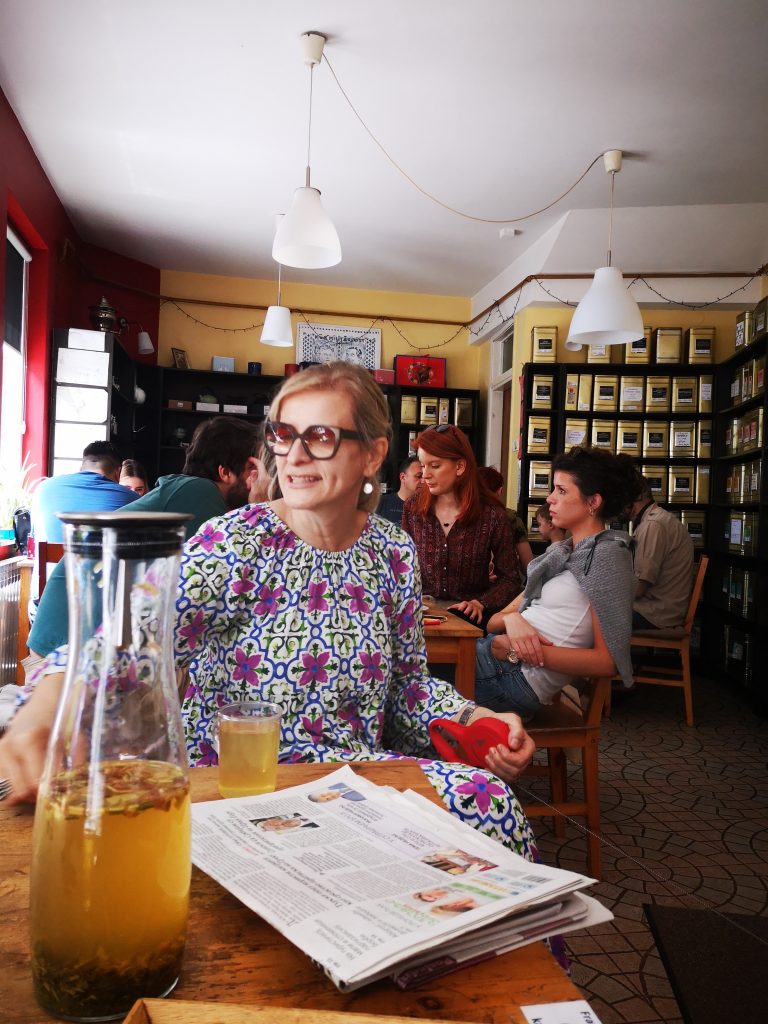
The Bosnian capital had been under Ottoman rule for many centuries up until the Balkan Wars of 1913. World War I saw the final disintegration of the already very weak Ottoman Empire as their misjudged decision to side with Germany led to an uprising by the Young Turks and namely Ataturk who then created modern day Turkey. Understanding that
The history of faith in Sarajevo/Bosnia/former Yugolsavia is complicated and resulted many wars over the centuries including the atrocities the world saw in the 90’s but according to many there was a time post world war I, under the rule of Tito where there was peace. People during this time grew up in Yugoslavia, a congregation of 6 balkan republics. Tito’s Yugoslavia was multi-ethnic with Muslims, Serb Orthodox and Christians all living in harmony together. Ana’s mum is from this generation and she, amongst many others we met talked with great nostalgia for this time – all faiths were respected, partnerships/marriages happily mixed and all religious celebrations were enjoyed by all. Alongside the breakup of Yugolsavia this unity also broke, at least for the people who remember it.
On our first night in Sarajevo we went out with Melisa and Kenan, two of Buba’s English language students whom were keen to practice their skills. We met at Baščaršija, the old Ottoman quarter that is one of the few remaining landmarks of the city before the war – it is a bustling, clattering network of small streets that reminded us of Istanbul.
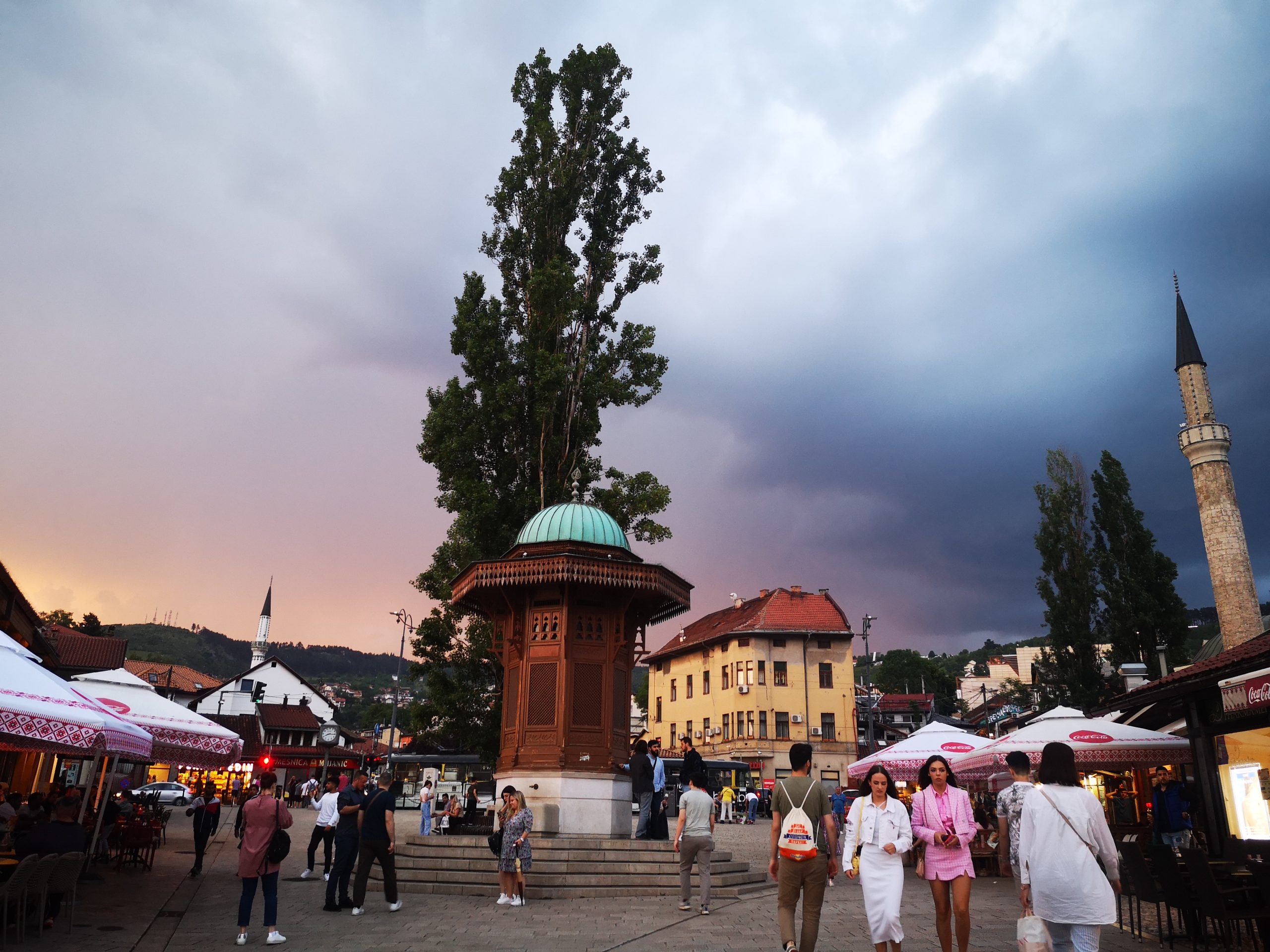
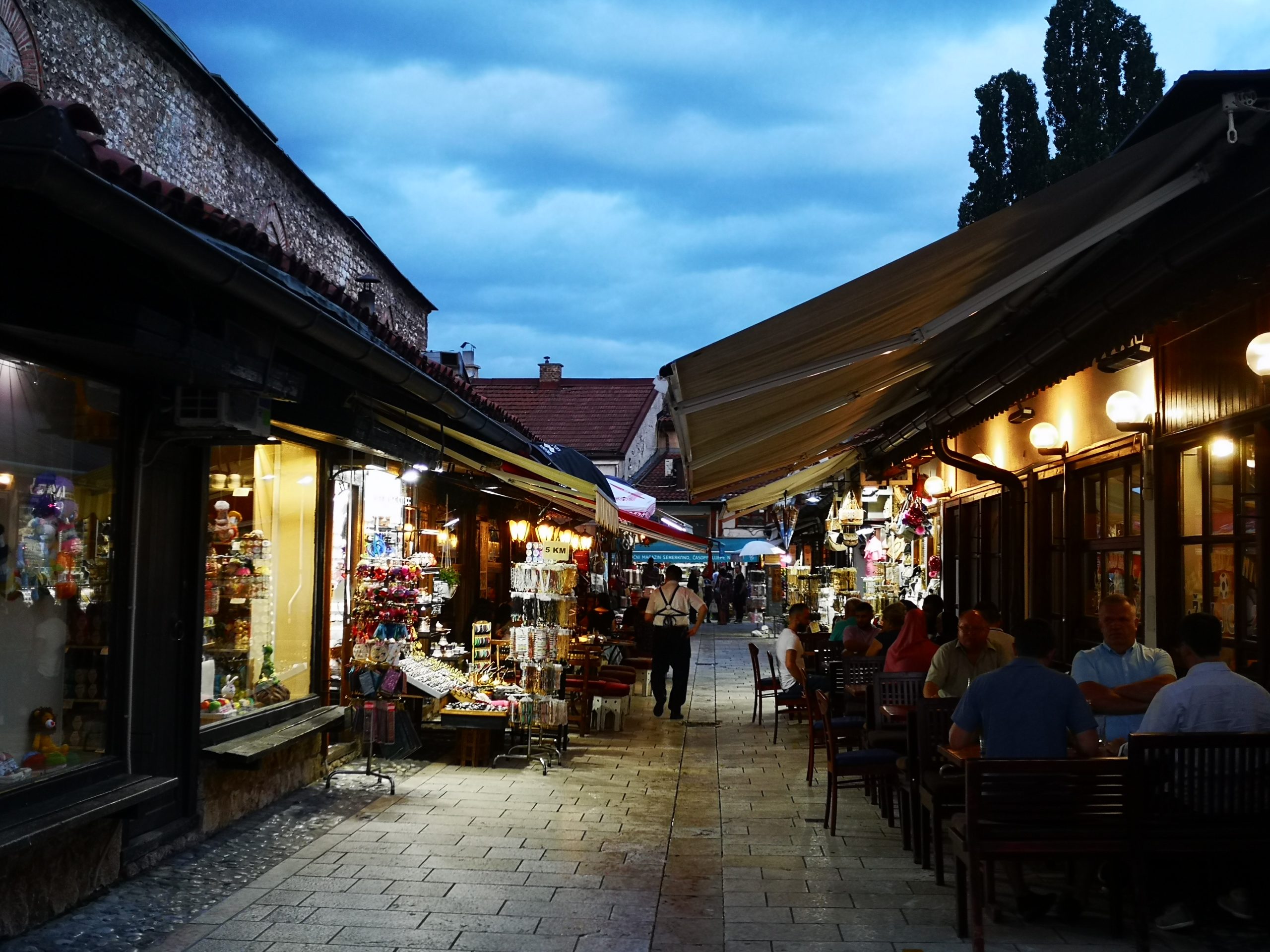
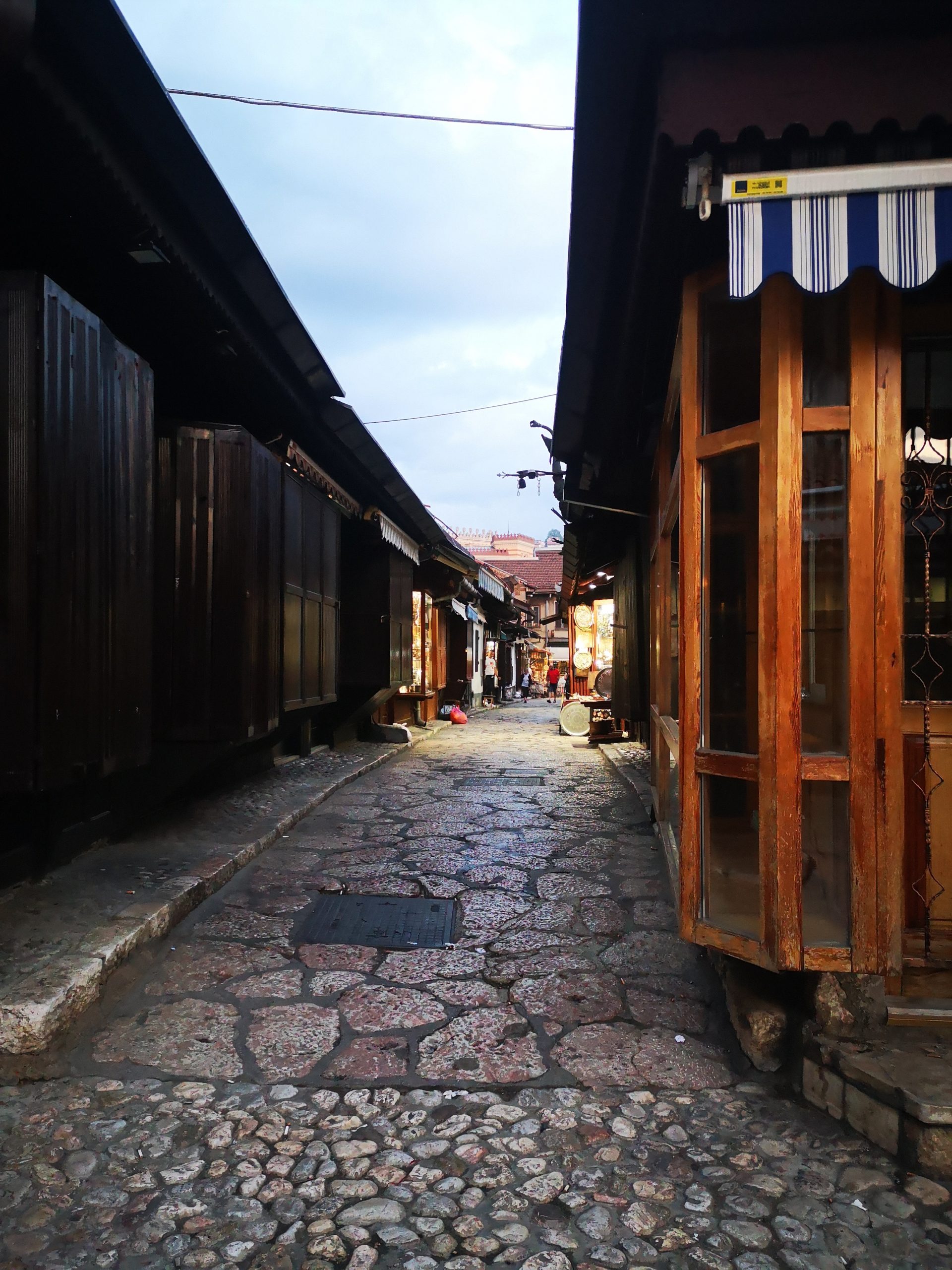
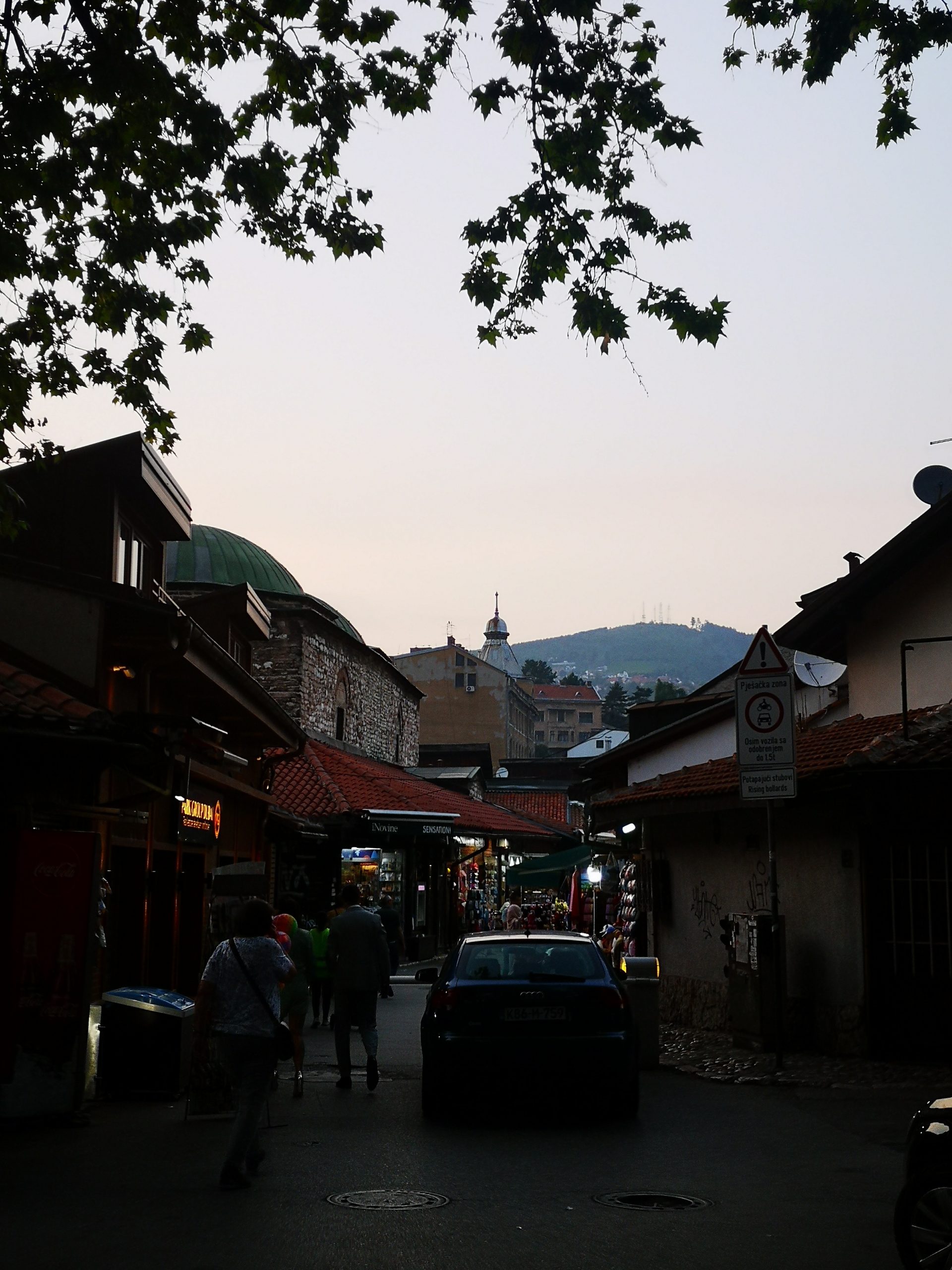
They took us to a cocktail bar and their English loosened up as the drinks began free flowing and as did the conversation – veering from Spanish horror films to . It was a perfect loosener for our time in Sarajevo.
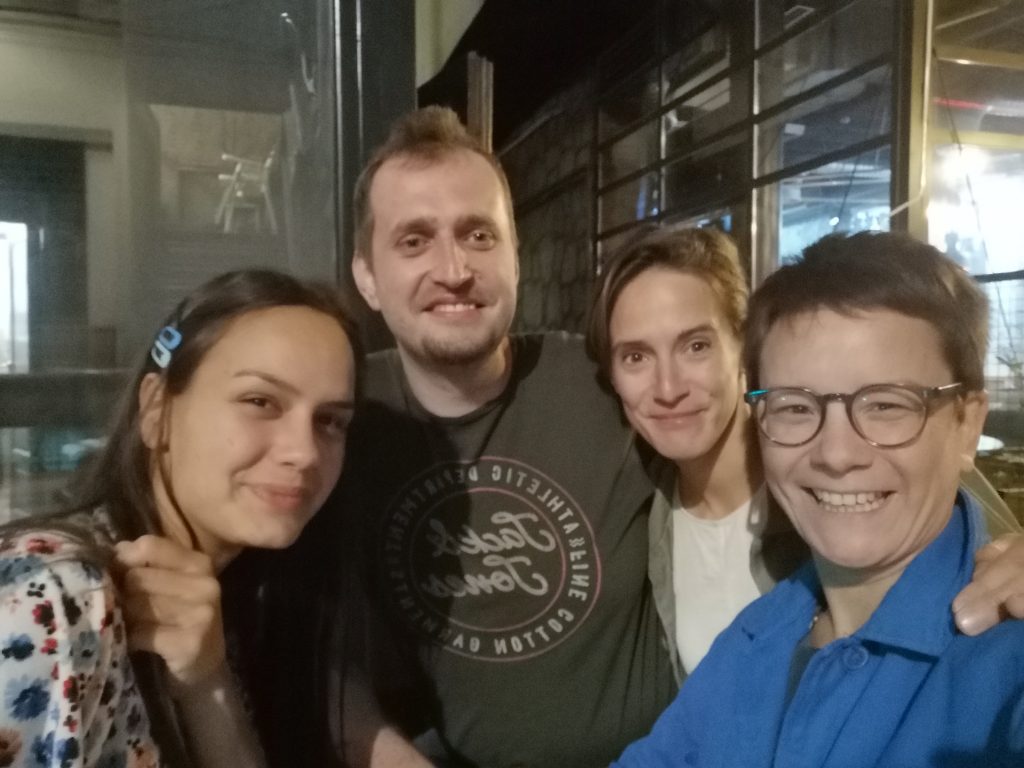
The next day we met up with Buba for lunch – it was the first time we met in person, but it didn’t feel like that. Conversation and generosity flowed, as if longtime friends were meeting. Buba is an outstanding person whole has led a fascinating life that she shared with us for the time we were in Sarajevo. She also had a familiarity about her, which Pippa pinpointed as being Priscilla-like, which was a lovely and welcomed alignment.
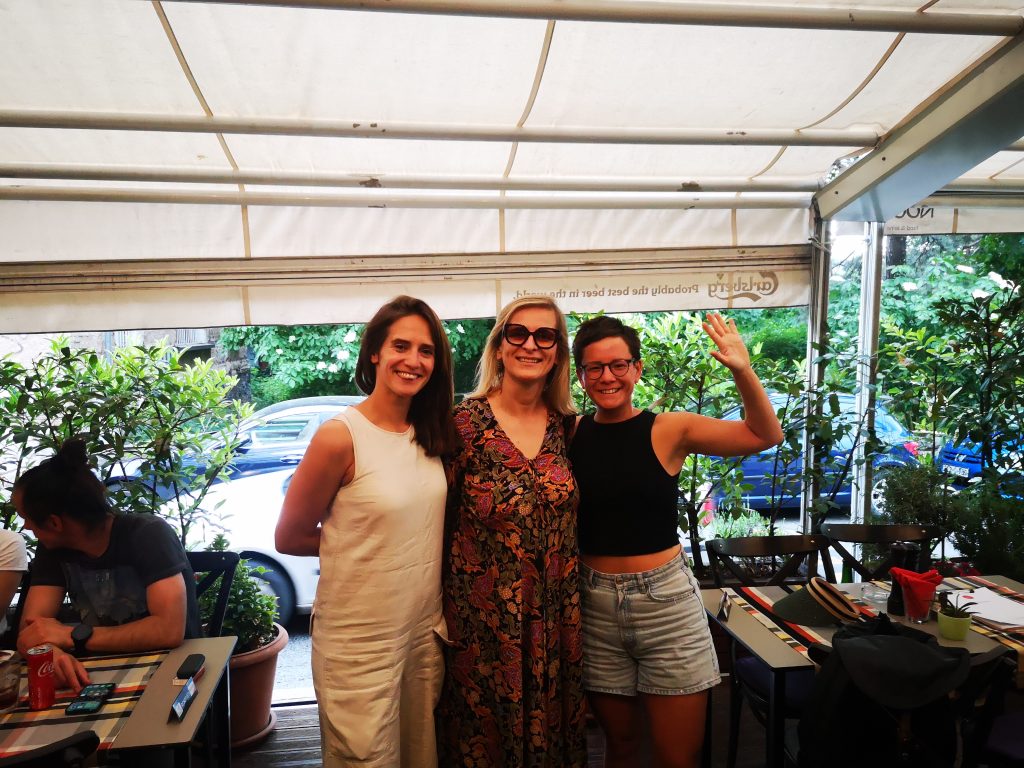
One morning with Buba, we were introduce to her furniture designer friend (who we went on to visit later in Konjic), – he directed us towards to an old ottoman house which has been preserved as a museum.
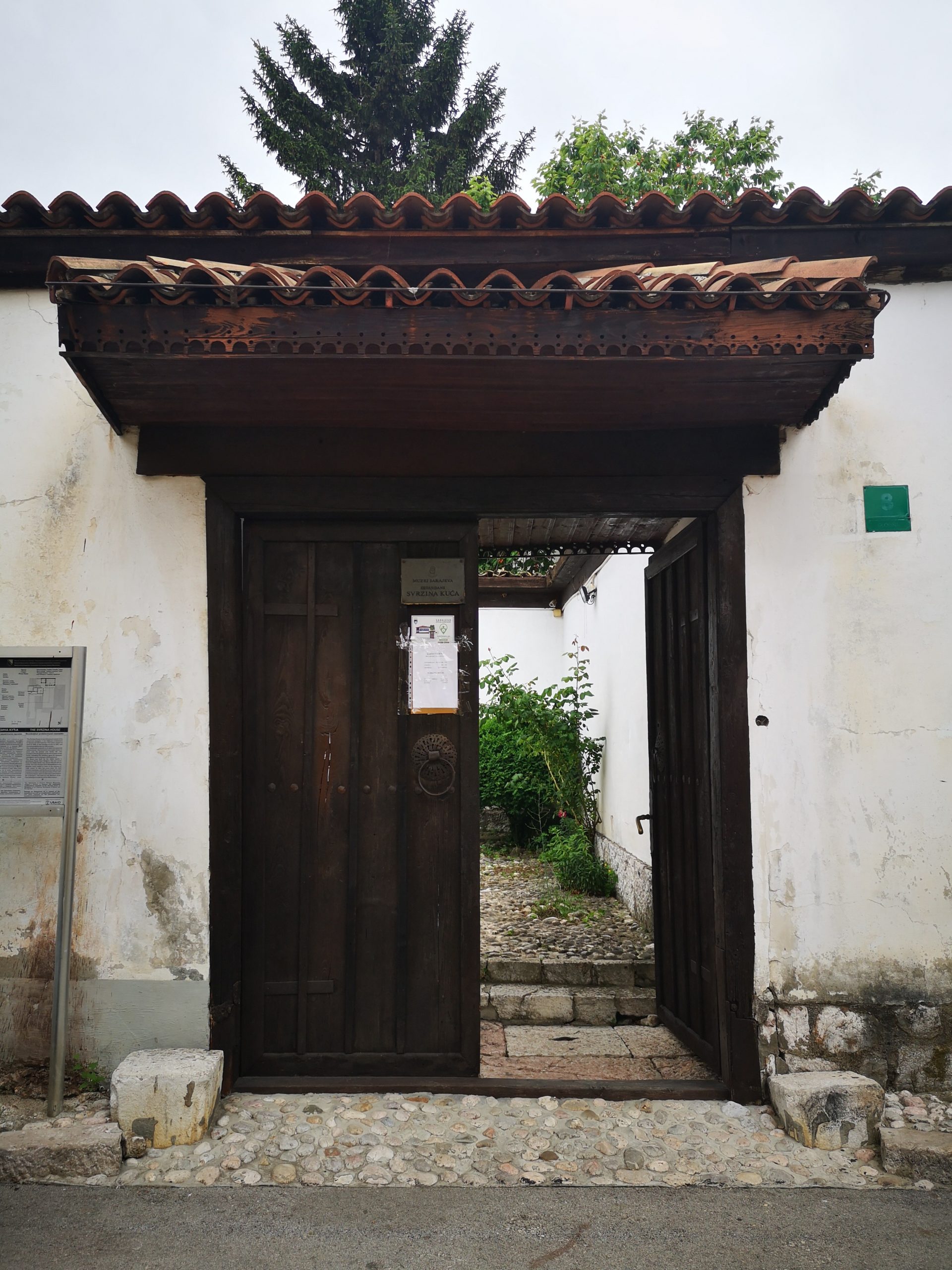
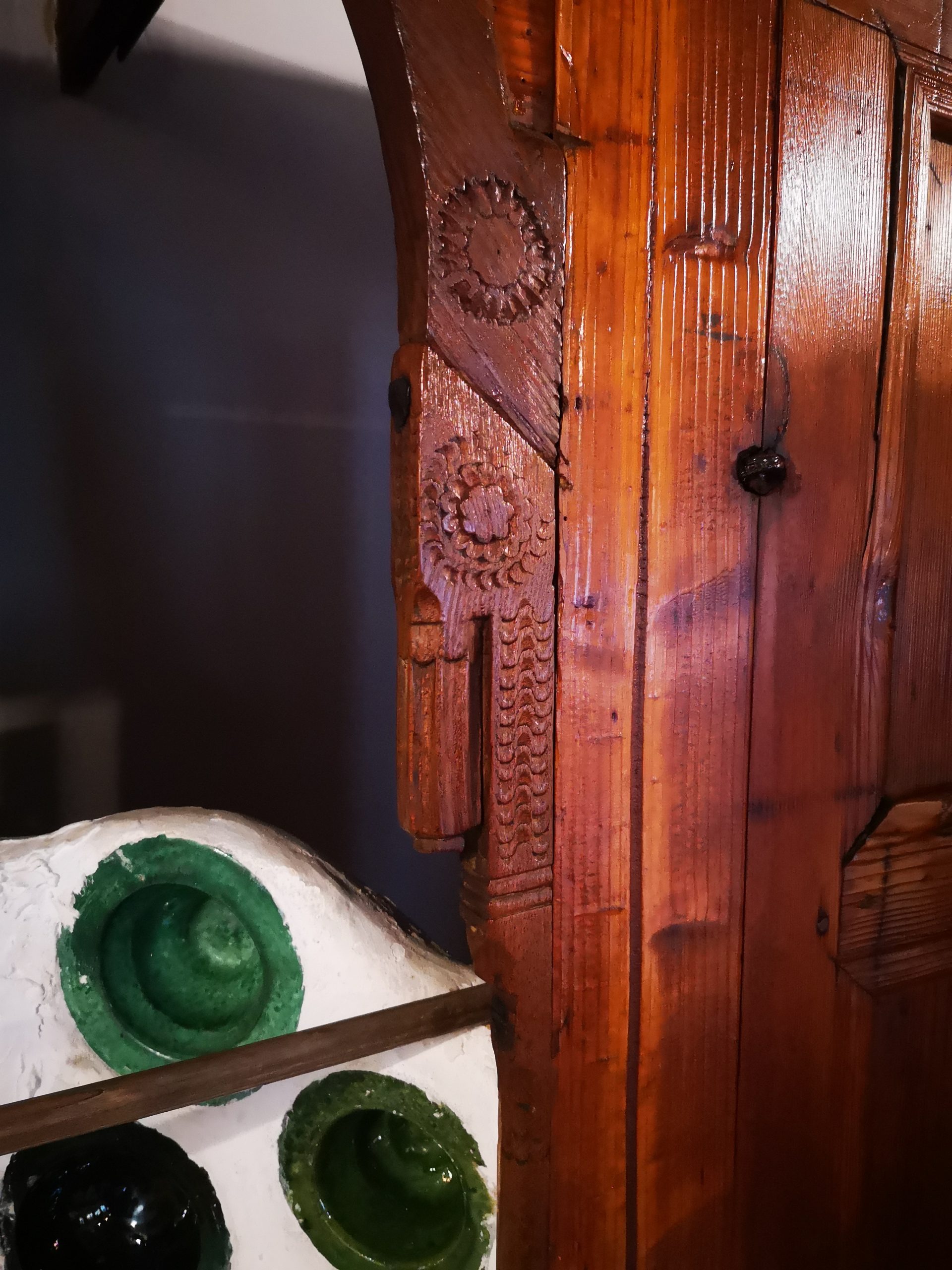

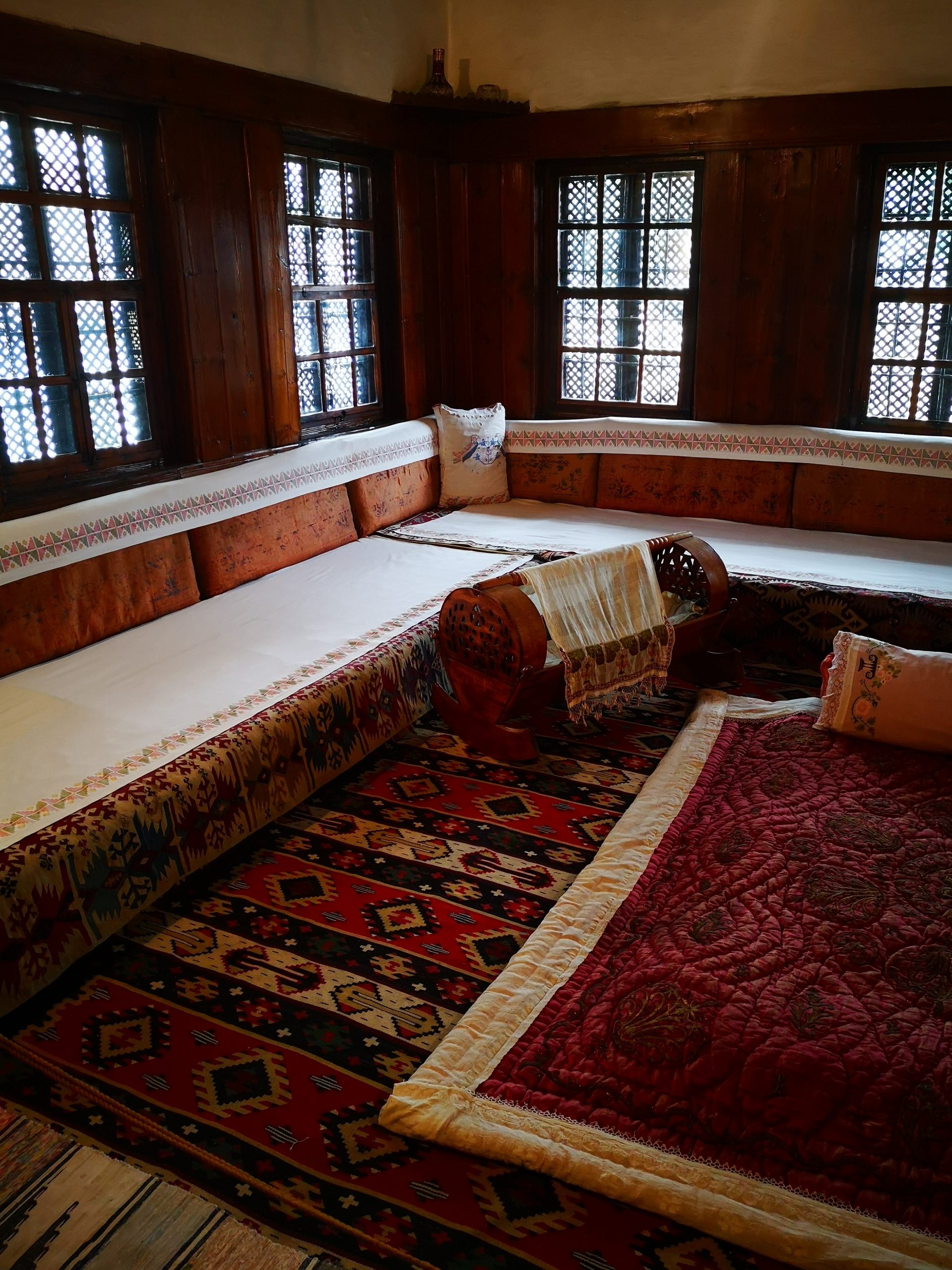
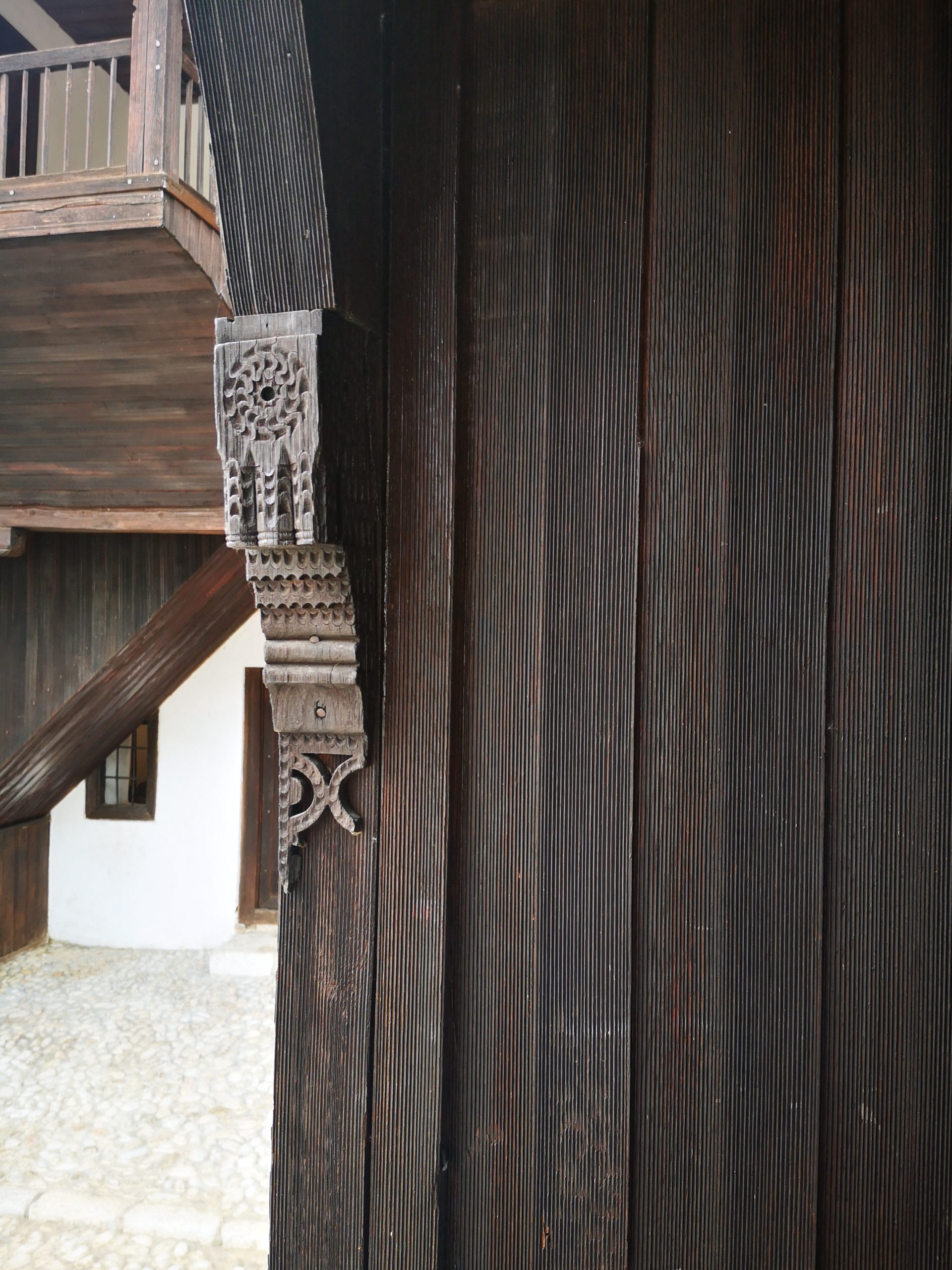
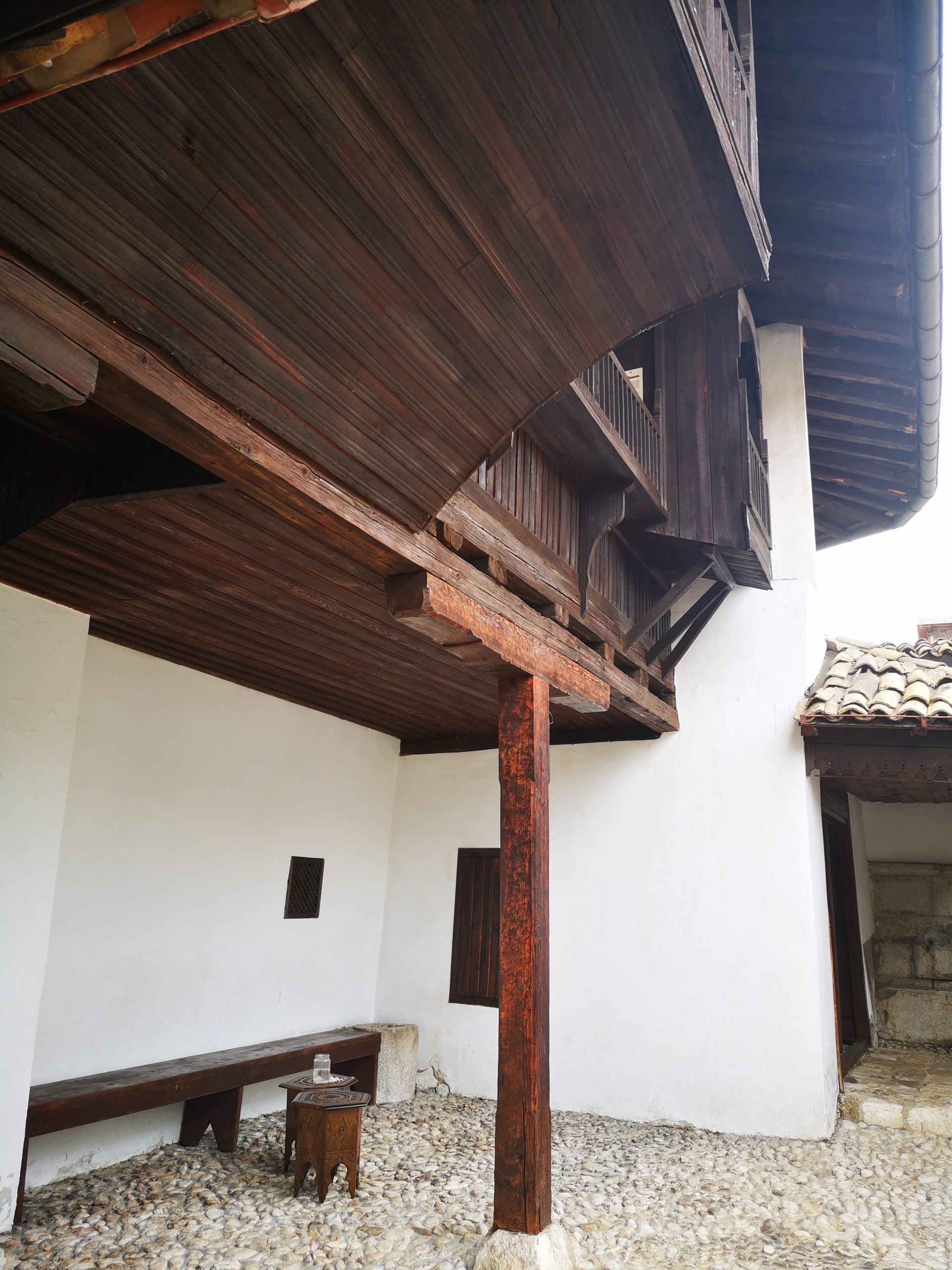
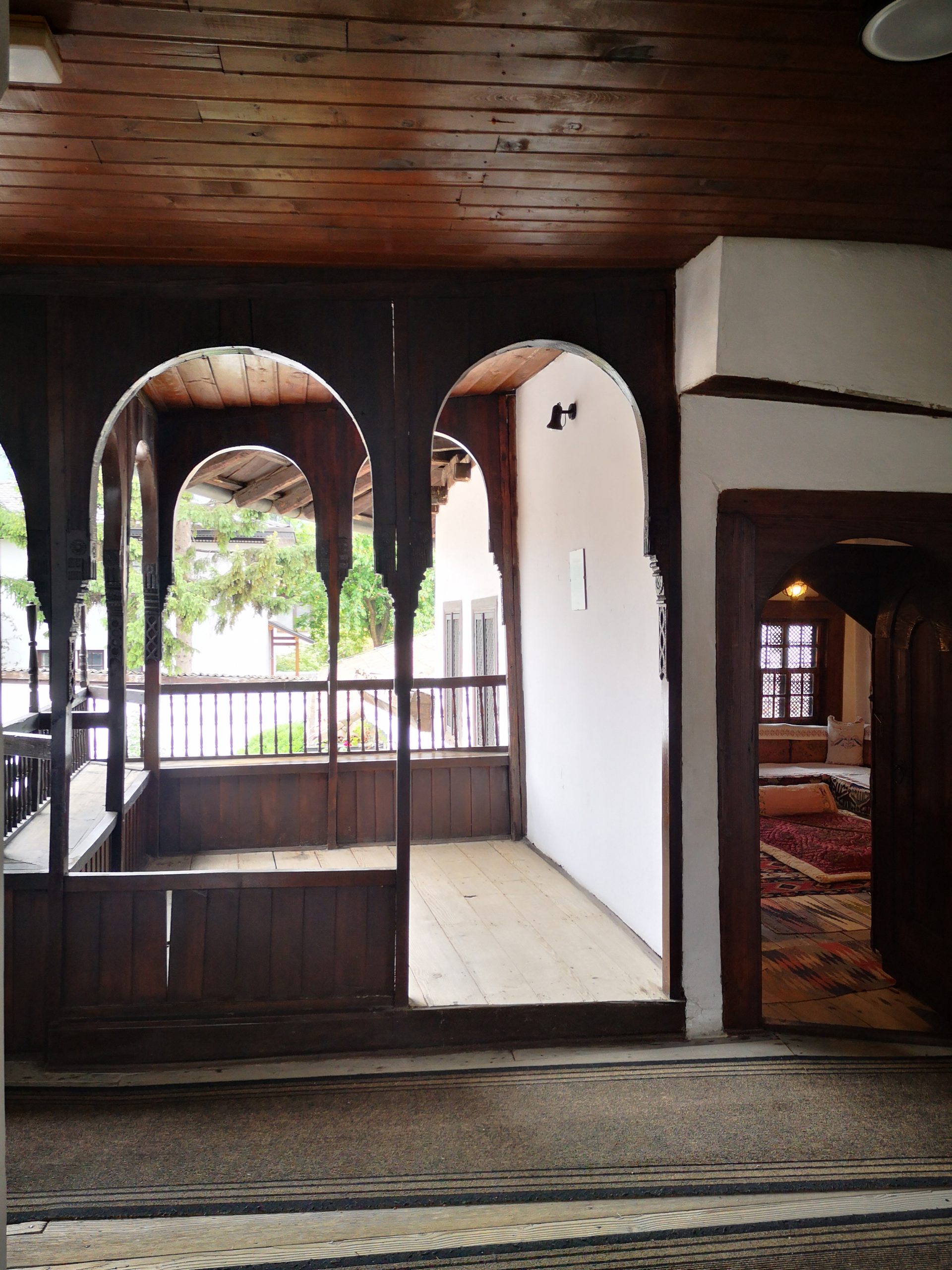
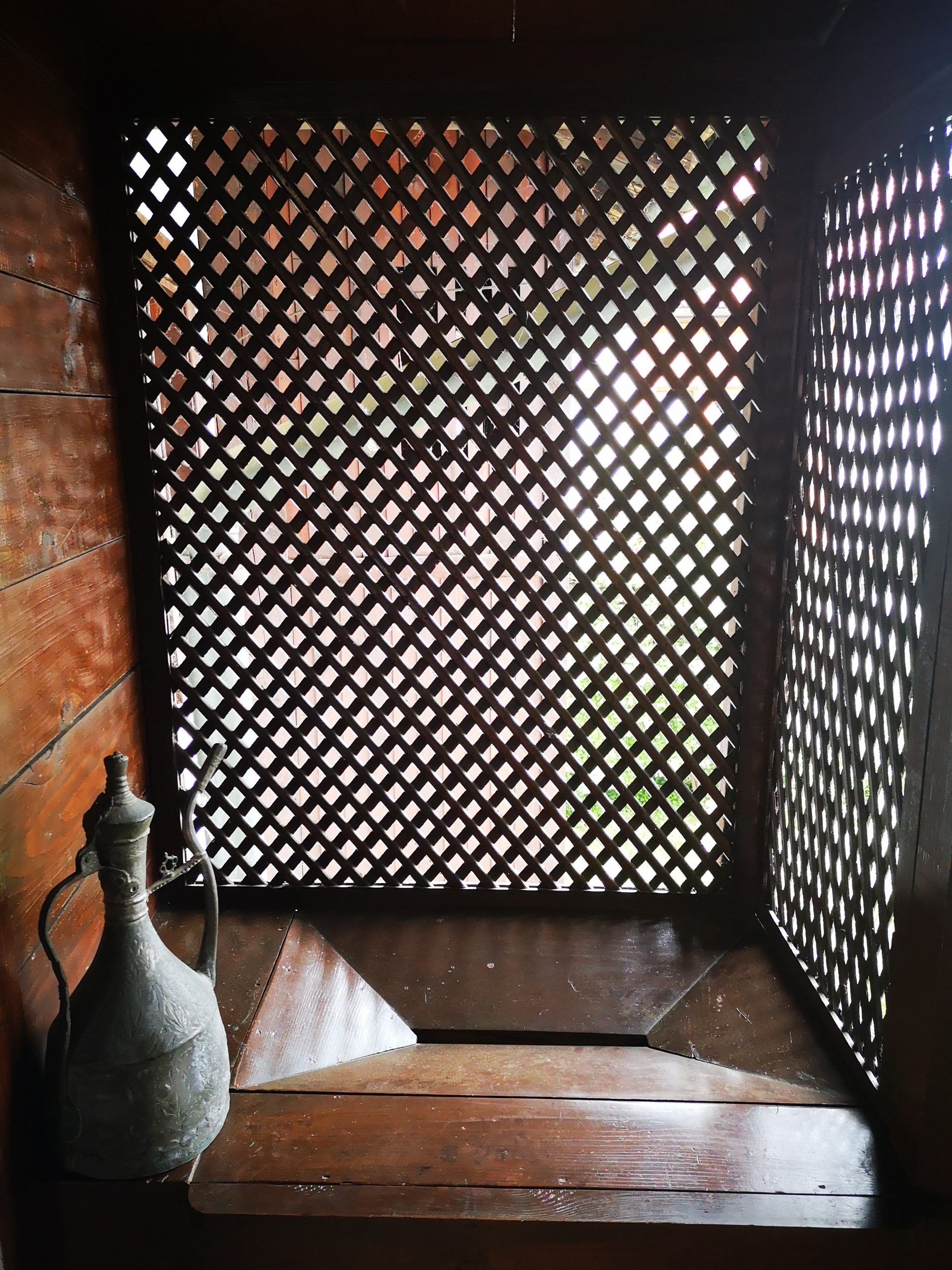
We planned to be in Sarajevo over a weekend – so on Saturday night we followed the recommendations from Melisa and Kenan and when to Jazzbina, a live music club. We did though get sidelined at the Balkan Express a bar opposite it for a few drinks (namely beers with slivovitz chasers). This place was another sentimental Yugoslavian establishment which was very cool and we met a lovely guy at the bar there who drank there every night. Despite missing the live music at Jazzbina, we took straight to the dance floor and managed to revive at stagnant crowd that were clearly gagging to dance. It was A LOT of fun and we met loads of wonderful people – from rock loving Iron Maiden fans, to a young guy passionate about the future of Sarajevo, to an American crew who were stationed here during the war and feel in love with the city and it’s people. The end of the night saw us at Cinema Sloga, which was like nothing we have ever seen – we managed an hour there.
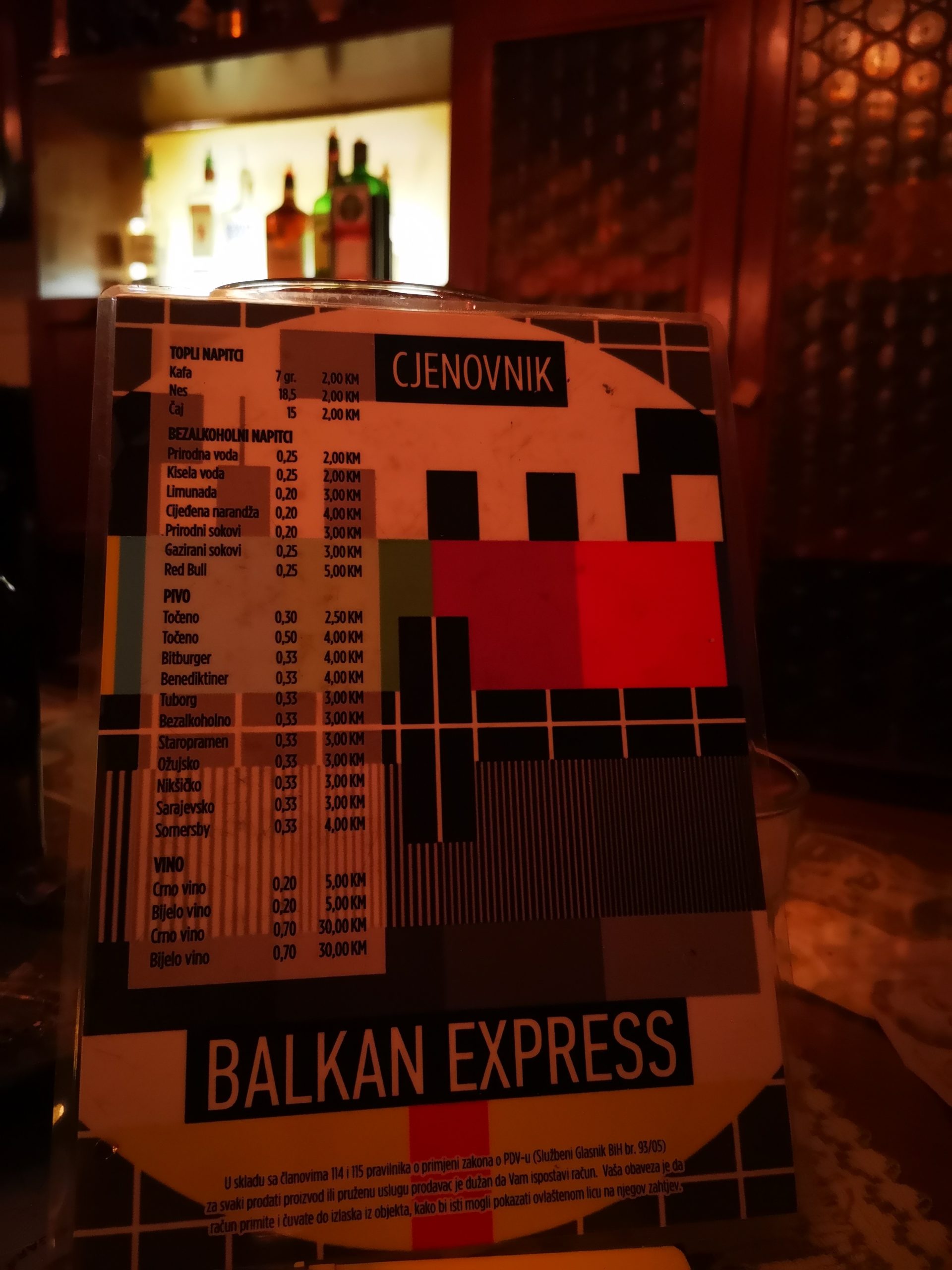
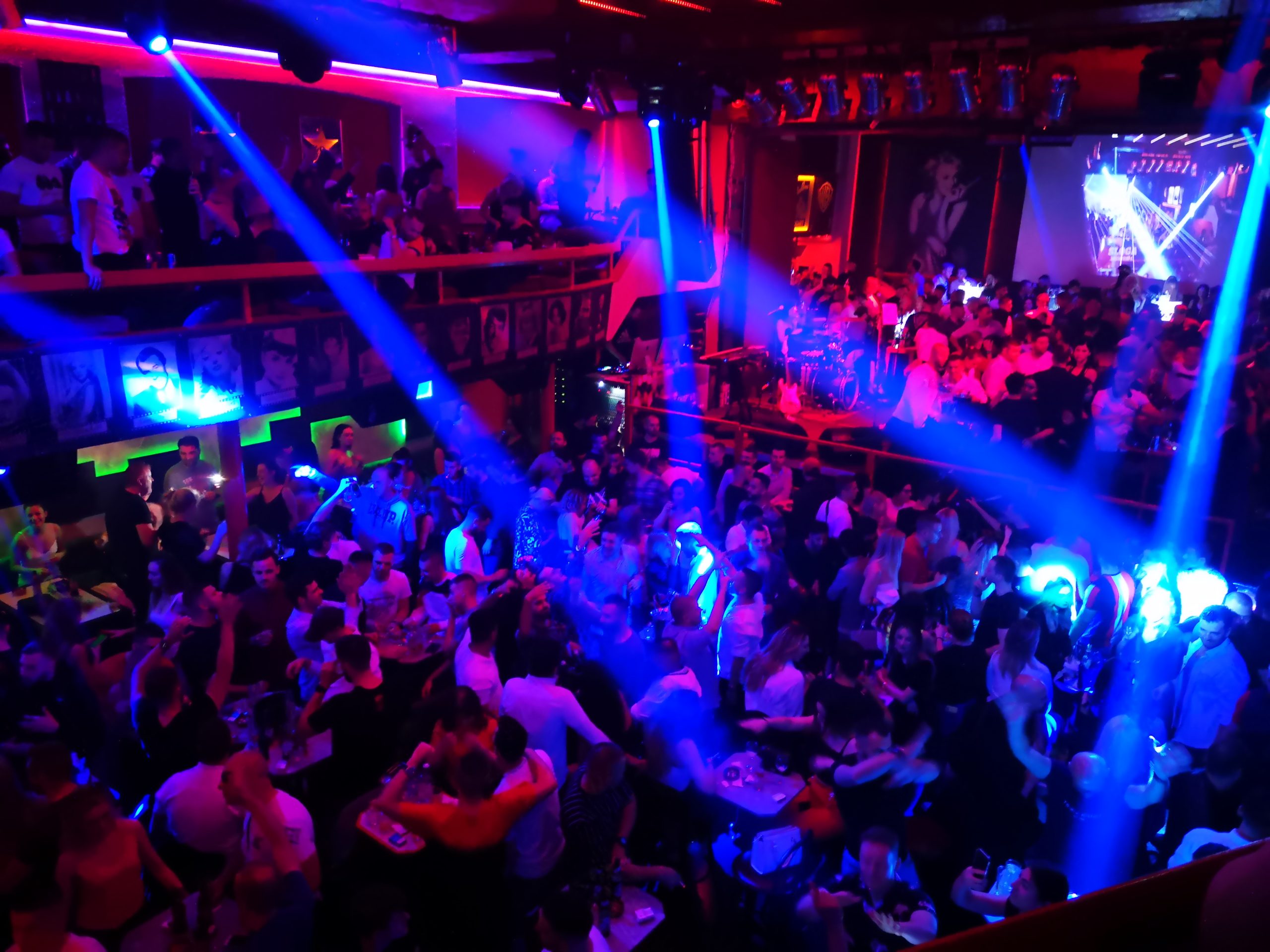
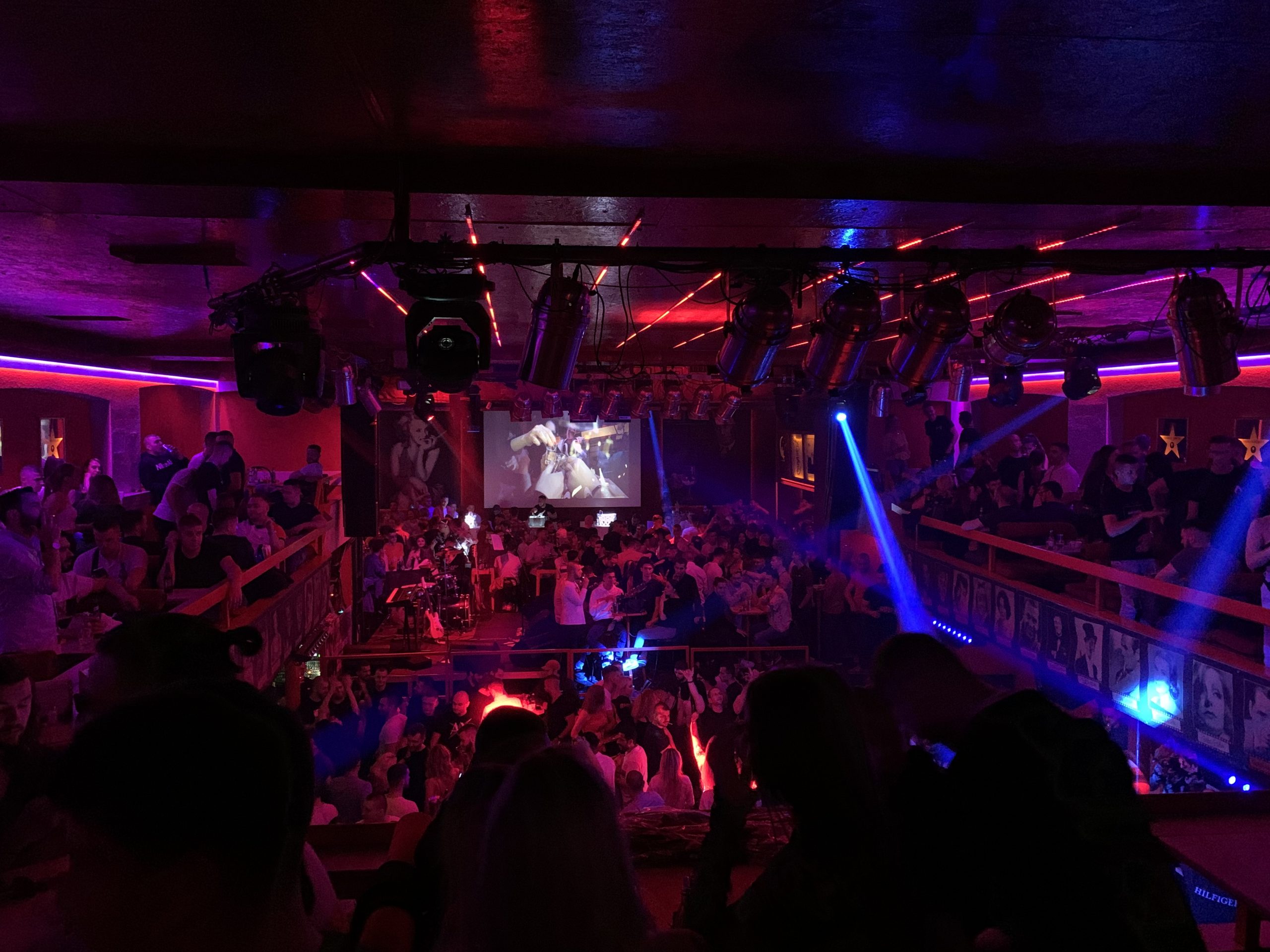
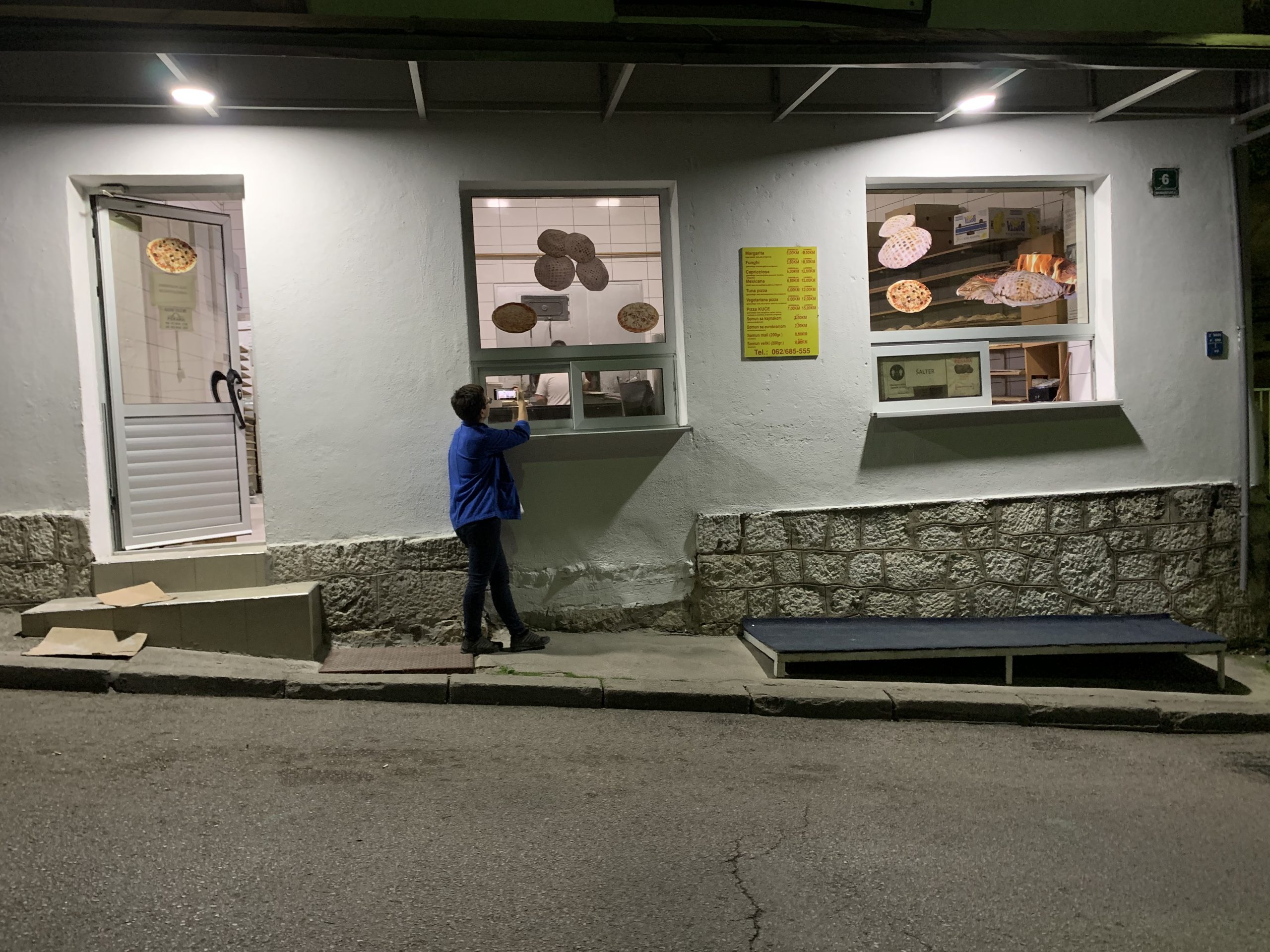
The next day/few hours later, clothes stinking of smoke (you can smoke indoors in Bosnia), wildly under-slept and famished, we got picked up by Melisa and Kenan for a day trip to Vrelo Bosne, a nature reserve on the river, on the outskirts of the city. Luckily they were also a little worse for wear and we all benefitted from a few hours pootling around the river and letting nature cleanse us. Spending time with the two of them was so very lovely and we really appreciated their hospitality to go out of their way to show us their city – hopefully we can repay the favour back to them one day.
On our final day, we went on a cable car trip up Trebević Mountain. Not only do you get breathtaking views of the city from here you can visit the site of the 1984 Winter Olympic bobsleigh and luge track. The track has lost its main purpose but it has been repurposed by the youths of Sarajevo as the perfect easel for practicing their graffiti skills. A very calming place to spend an afternoon; amidst the pine trees you can walk or run on the track, perhaps pretending you are in a bobsleigh hurtling at maniac speed on some ice, or not. Video of said imagination is to come….
